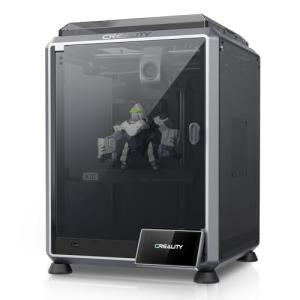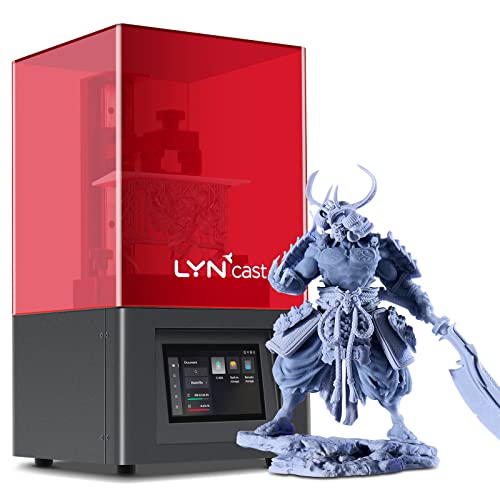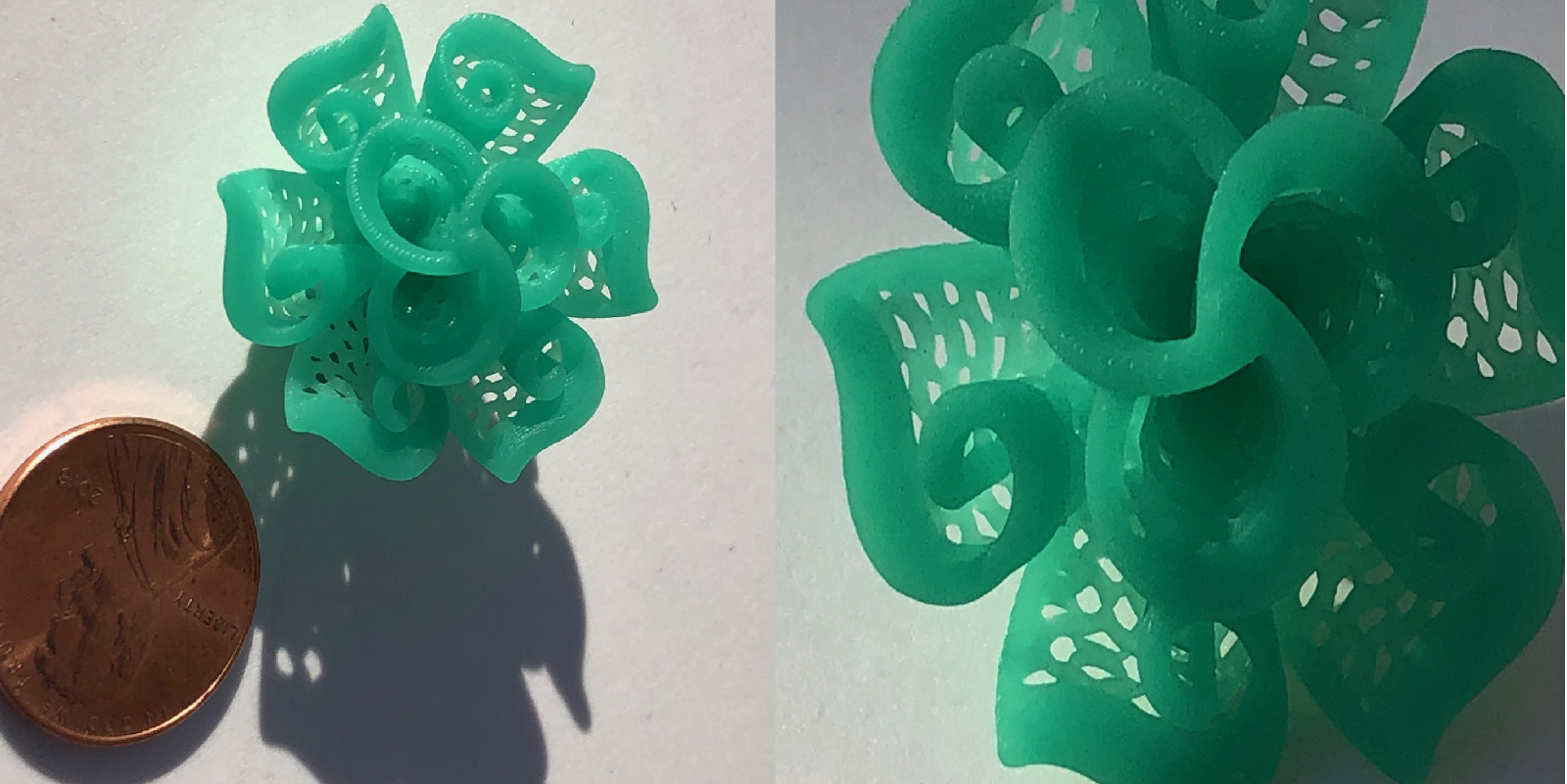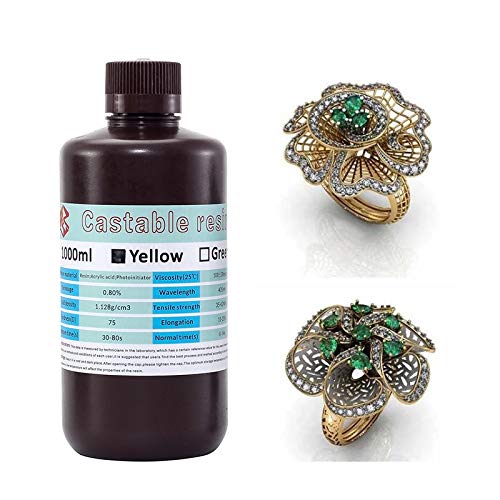Getting into 3D printing can feel a bit overwhelming at first, but it doesn’t have to be complicated. Let’s break down some basics to make it simple.
First off, 3D printing is all about creating three-dimensional objects from a digital file. You start with a design, often made in computer programs, and then your 3D printer brings that design to life layer by layer. The materials used can vary, but many printers use plastic filament, resin, or even metal!
Now, let’s talk about the different 3D printing techniques. Fused Deposition Modeling (FDM) is the most common one. It’s user-friendly and perfect for beginners. Then there’s Stereolithography (SLA), which uses light to cure resin into hard plastic. It’s great for detailed prints but can take a bit more practice to master.
Lastly, you’ve got Selective Laser Sintering (SLS). This technique uses a laser to fuse powder materials into solid structures. It’s fantastic for creating complex shapes and is used a lot in industries like aerospace and healthcare.
These 3D printing techniques open up a world of possibilities. Whether you want to make toys, custom parts, or art pieces, understanding these basics gives you a solid foundation to dive into your 3D printing journey!
FDM Printing for Beginners to Experts
Fused Deposition Modeling, or FDM printing, is like the go-to method for 3D printing. If you’re just starting out, you’ll love how straightforward it is. You load filament into a printer, heat it up, and the printer lays it down layer by layer to build up your design. The coolest part? You don’t need to be a tech wizard to get it right. A lot of beginner printers come with user-friendly interfaces and helpful guides.
Now, if you’re no longer a newbie and have dabbled a bit with 3D printing, you might appreciate the versatility of FDM. It works with all sorts of materials, from PLA, which is biodegradable, to tougher options like ABS for those sturdy prints. You can create everything from simple toys to functional parts for projects. And it’s all about the customization; you can tweak settings to get just the finish or strength you need.
Let’s not forget the cost-effectiveness. FDM printers and their filaments often come at a lower price point compared to other 3D printing techniques. Whether you're a DIY enthusiast or a hobbyist, you’ll find high-quality printers that won’t break the bank. Plus, filaments are widely available, making it easy to keep your printer loaded and ready for your next big idea.
For those who are full-fledged experts, FDM printing can still offer a world of possibilities. You can dive deep into advanced settings, experiment with different layer heights, or even combine various materials. And with new tech popping up regularly, there are always innovative ways to push your 3D printing skills to the next level. No matter your skill level, FDM remains a vital technique in the ever-growing world of 3D printing.
Creality K1C 3D Printer with Fast Printing Speed
Experience high-speed 3D printing without sacrificing quality, perfect for any project
Product information
€520.23 €450.75
Product Review Score
4.21 out of 5 stars
217 reviewsProduct links
SLA Techniques for Detailed Designs
SLA, or StereoLithography, is a game changer when it comes to 3D printing techniques, especially for detailed designs. It uses a laser to cure liquid resin, building your model layer by layer. This method is perfect for creating intricate designs with stunning levels of detail and a smooth finish.
One of the biggest advantages of SLA is the ability to produce highly accurate parts. Whether you're working on prototypes, jewelry, or miniatures, you can achieve fine details that other printing techniques might struggle with. The layers are often thinner than those in other methods, giving a crisp quality to the final product.
When it comes to materials, SLA offers a variety of resins to choose from. You can pick flexible resins for more elastic parts, or specialized options for heat resistance or even casting. No matter the project, there’s likely an SLA resin that fits your needs.
Using SLA can be a bit more demanding in terms of post-processing. After printing, you usually need to wash the parts to remove any excess resin and cure them under UV light to achieve their full strength and durability. But the results are often worth the extra effort, as you’ll end up with highly detailed creations that can bring your ideas to life.
AsterHome Resin 3D Printer, High Precision, Fast Printing
Unlock limitless creativity with the AsterHome Resin 3D Printer, boasting high precision and unparalleled print speed
Product information
€303.97
Product Review Score
4.11 out of 5 stars
220 reviewsProduct links
SLS Benefits for Stronger Parts
When it comes to 3D printing techniques, SLS, or Selective Laser Sintering, stands out for its ability to create strong and durable parts. This method uses a laser to fuse small particles of plastic or metal powder, layer by layer. It’s a game changer in the world of 3D printing, especially if you need robust components that can withstand stress and strain.
One of the biggest advantages of SLS is its strength. The parts produced are tough and can handle heavy loads, making them ideal for functional prototypes and end-use parts. This is a key reason many industries, like aerospace and automotive, lean towards SLS when they require materials that won’t buckle under pressure.
Another cool feature of SLS is that it allows for complex designs without needing extra support structures. Since the surrounding powder acts as a support system, you can create intricate shapes that would be hard to achieve with traditional methods. This opens up a world of possibilities for creativity and innovation.
Plus, SLS parts often have a more uniform density and better surface finish compared to some other 3D printing techniques. This means less post-processing work for you and smoother surfaces straight out of the printer. If you’re aiming to produce high-quality parts that are ready to use, SLS should definitely be on your radar.






